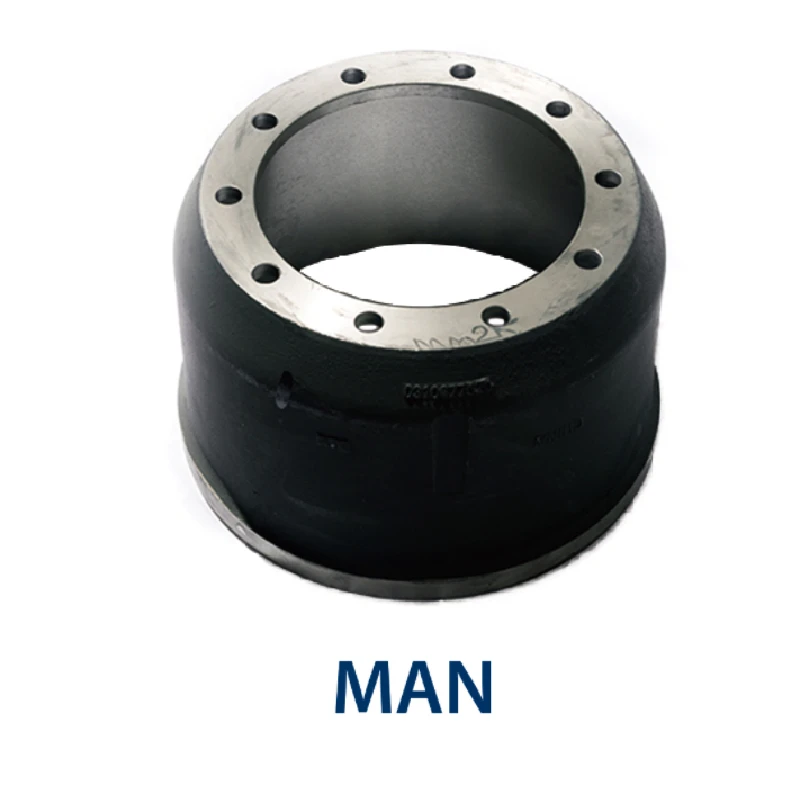Dec . 11, 2024 10:00 Back to list
Brake Drum Turning Lathe for Precision Manufacturing and Maintenance Solutions
The Importance of Brake Drum Turning Lathes in Automotive Maintenance
In the automotive industry, the efficiency and safety of vehicles highly depend on their braking systems. Among the critical components of these systems are brake drums, which require regular maintenance to ensure optimal performance. One effective method for maintaining brake drums is through the use of a brake drum turning lathe. This article discusses the importance of brake drum turning lathes, their working principles, and the advantages they offer in automotive maintenance.
Understanding Brake Drums
Brake drums are essential components found in drum brake systems, which are commonly used in various vehicles, especially trucks and older cars. When the brake pedal is pressed, brake shoes press against the inner surface of the drum, creating friction that slows down the vehicle. Over time, brake drums can wear down unevenly due to heat, friction, and debris, leading to performance issues such as vibrations, noise, and reduced stopping power. Consequently, regular inspection and maintenance of brake drums are vital to ensure safety and performance.
The Role of Brake Drum Turning Lathes
A brake drum turning lathe is a specialized machine designed to reshape and resurface brake drums. This process, known as turning, involves removing a thin layer of material from the drum’s surface to restore its original diameter and create a smooth, even surface. The lathe operates by rotating the drum at high speed while specialized cutting tools methodically shave away the worn material.
Using a brake drum turning lathe allows technicians to achieve a precise finish, ensuring that the drum is perfectly balanced and free of imperfections. This not only enhances the overall braking performance but also extends the lifespan of the brake drum, as a properly resurfaced drum can last significantly longer than one that is simply replaced without maintenance.
Working Principles of a Brake Drum Turning Lathe
The operation of a brake drum turning lathe can be broken down into several steps
1. Preparation Before turning, the brake drum is inspected for cracks, warping, and other damages. If the drum is deemed repairable, it is mounted securely on the lathe.
2. Setting Up The lathe is calibrated to the specific dimensions of the brake drum. This ensures that the cutting tools remove the correct amount of material while maintaining the drum’s original specifications.
brake drum turning lathe

3. Turning Process As the drum rotates, the cutting tool is fed into the surface of the drum. Technicians carefully monitor the process, making adjustments as necessary to achieve an even cut.
4. Finishing Touches After the turning process, the drum is polished to create a smooth finish. This step is crucial as it reduces friction between the brake shoes and the drum, improving overall performance.
5. Quality Control Finally, the resurfaced drum undergoes a quality check to ensure it meets safety and performance standards before being reinstalled on the vehicle.
Advantages of Using a Brake Drum Turning Lathe
Using a brake drum turning lathe offers several advantages
- Cost-Effectiveness Resurfacing brake drums is often less expensive than replacing them. By extending the life of the drum, vehicle owners can save on costly repairs.
- Enhanced Safety A smooth and balanced brake drum improves braking efficiency, reducing the risk of brake failure and increasing overall vehicle safety.
- Sustainability Resurfacing brake drums contributes to waste reduction by minimizing the need for new parts, supporting environmentally friendly practices in the automotive industry.
- Better Performance Properly resurfaced brake drums improve the overall handling and responsiveness of a vehicle, providing a better driving experience.
Conclusion
The brake drum turning lathe plays a crucial role in the maintenance of automotive braking systems. By restoring brake drums to their original specifications, technicians can enhance vehicle safety, performance, and longevity. As the automotive industry continues to evolve, the importance of effective maintenance practices, such as drum resurfacing, will remain paramount in ensuring the reliability and safety of vehicles on the road. Investing in the right equipment, like a brake drum turning lathe, is an essential step for workshops looking to provide quality services and meet the demands of their customers.
-
Durable Brake Drum MAZ for Heavy Duty Trucks | High Performance
NewsAug.26,2025
-
FUWA: Premium Quality, Reliable Performance & Innovative Solutions
NewsAug.25,2025
-
Liza Brake Drum: Superior Quality & Performance for Safe Driving
NewsAug.24,2025
-
Iveco Brake Drum | Premium OE Quality for Daily & Eurocargo
NewsAug.22,2025
-
Your Brake Drum Man: Quality & Performance Parts
NewsAug.21,2025
-
Explore Japan: Ultimate Travel Guide & Authentic Experiences
NewsAug.19,2025
